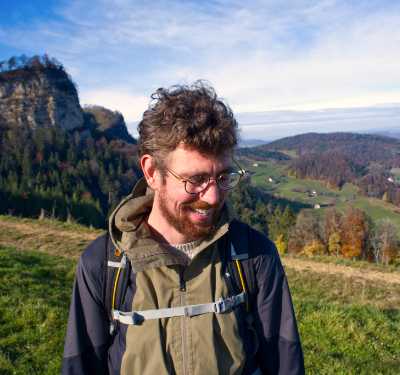Welcome
I am a cognitive neuroscientist based at the Zurich Center for Neuroeconomics (ZNE) at the University of Zurich (UZH).
My main research aim is to understand how humans make simple everyday decisions and how their decisions are shaped by fundamental properties of brain architecture.
To learn more about
- Who I am, have a look at the about-page
- What I do, have a look at the projects-page
- What I have done, have a look at the publications-page
- Software packages I built:
